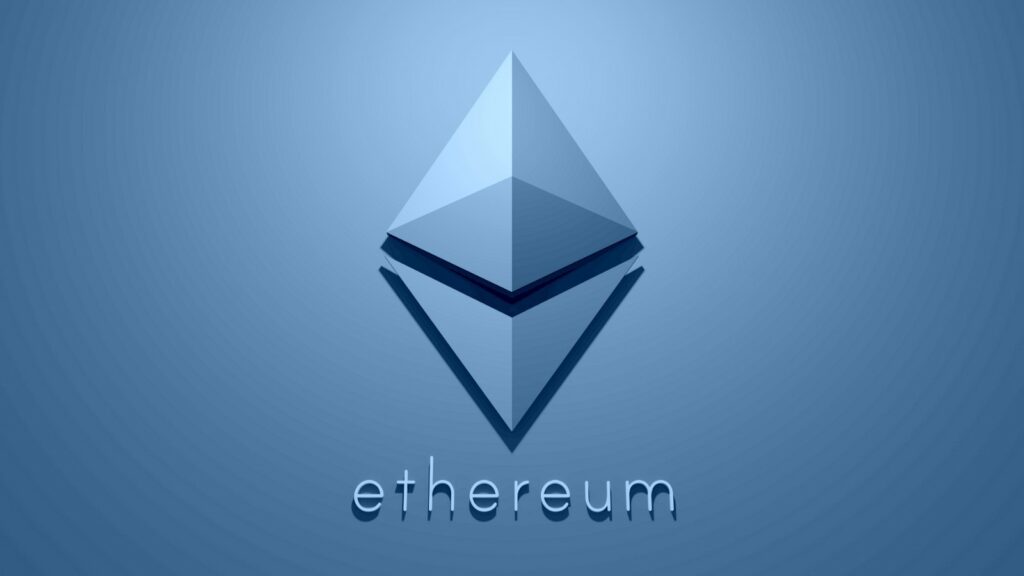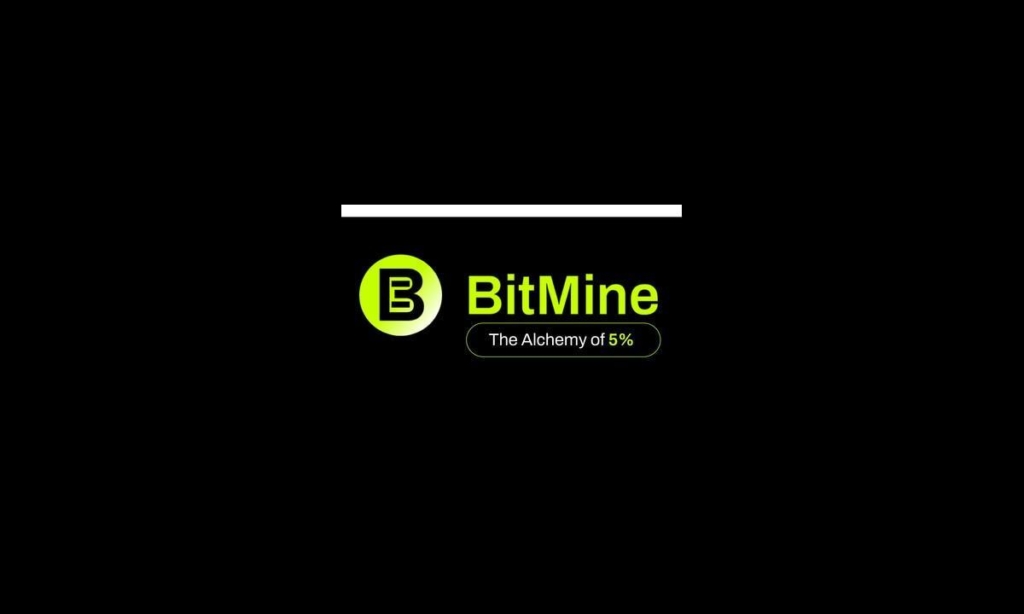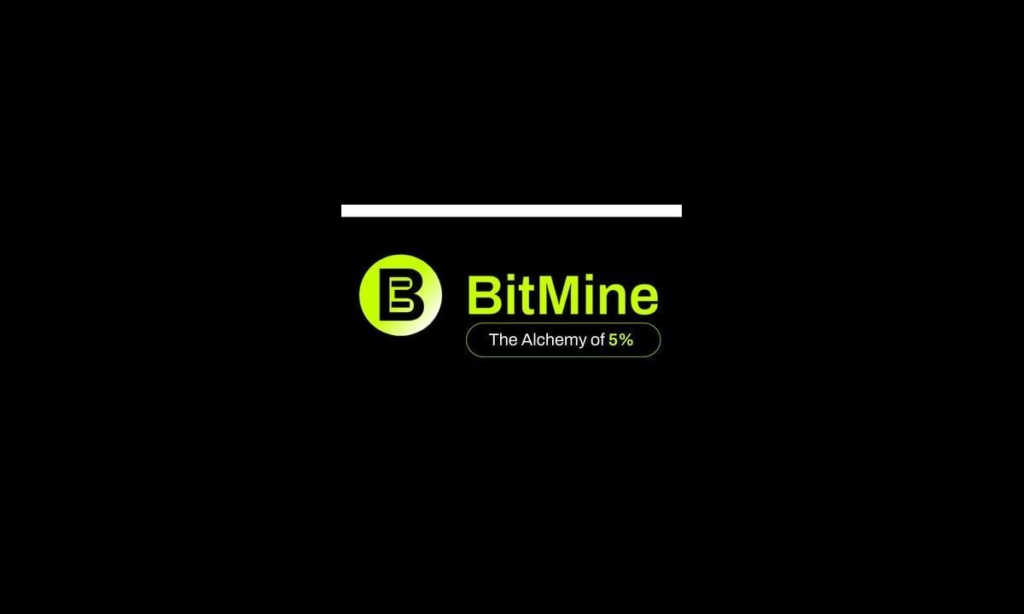Ethereum advanced blockchain technology by supporting hundreds of new blockchain networks and native coins. Now, the company is upgrading its blockchain—from Ethereum to Ethereum 2.0. The upgrade on the public mainnet is projected to completely transform its predecessor.
Ethereum introduced smart contracts and decentralized applications (DApps) to the larger community. It now supports a slew of blockchain initiatives, including those thriving under the decentralized finance (DeFi) banner.
Vitalik Buterin, co-founder of the platform, is undergoing a huge makeover to remain at the top of the league. That is when Ethereum will begin to gradually move to Ethereum 2.0, and the new platform will be substantially better and more scalable.
Ethereum 2.0 is a critical upgrade that addresses the limits of Proof-of-Work consensus. The Proof of Stake (PoS) algorithm is said to improve transaction speed and the ability of independent validators to participate in maintaining the network’s truth.
How Is Ethereum 2.0 Different?
Serenity, or Ethereum 2.0, is said to be an upgraded version of Ethereum. Sharding will replace the PoW technique with a PoS approach, removing the scalability and accessibility difficulties.
To do this, Ethereum 2.0 will use a novel architecture known as sharding, which refers to a network of parallel channels that collaborate. Account balances and smart contracts will be unique to each shard. The strategy for achieving maximum decentralization will be adopted in the upgrade’s final phase.
During the sharding process, 64 new chains will be generated on the network to disperse the volume, which means breaking the data stored on Ethereum nodes into smaller groups. Finally, the increase in the number of transactions per second to process each smaller data.
The main advantage of this sharding is its decentralized character, which allows more user participation to safeguard the network. When there are more nodes on a network, it usually means that the Ethereum blockchain network is safer.
Why Does Ethereum 2.0 Use Proof-of-Stake?
Ethereum has a proven track record of processing millions of transactions and smart contract settlements. However, the network’s demand for Ethereum services has grown dramatically, resulting in unavoidable congestion.
To get a sense of how important the Ethereum blockchain is, consider that 96% of all DeFi projects run exclusively on this platform.
With over 1.7 million DeFi users on the platform and over 5 million Metamask wallet users engaging with the Ethereum blockchain, it’s clear that the Ethereum network is in desperate need of an upgrade.
The increasing demand also resulted in rising Ethereum fees, which increased by nearly 600% from August to September 2020 and will peak in May 2021 during the altcoin bull run.
Finally, the necessity for scalability compelled Ethereum to switch to PoS rather than the present PoW. As a result, here is Ethereum 2.0.



